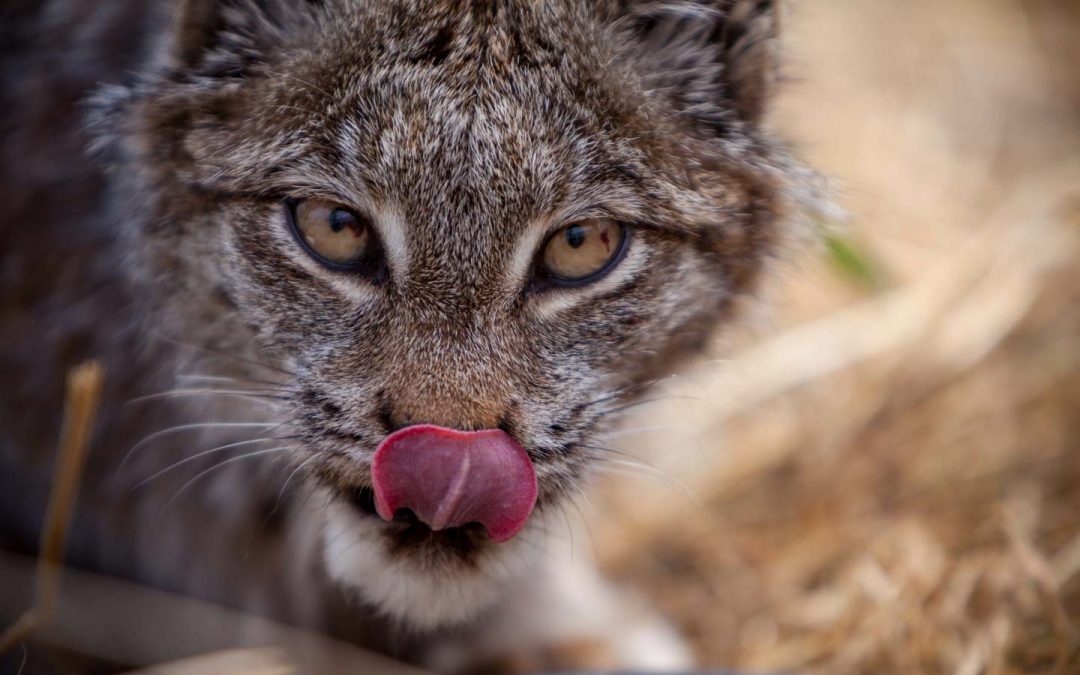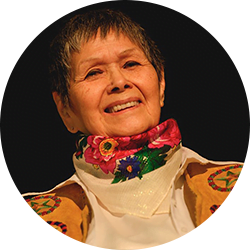
Dawson Lynx
Dawson Lynx
Take a look at this lynx. Does something look off to you?
Those red splotches in her eyes are blood. A car hit her outside of Dawson City in mid-May, 2018. The driver got her to a local vet, who gave her a few stitches to repair a laceration in her leg. But her journey wasn’t over – she needed a place to lay low and recover.
A day later she arrived at the Yukon Wildlife Preserve. She was suffering a concussion, disoriented, parasite ridden and weak. “Her feces had so many worms in it, it was crawling away.” said Dr. Maria Hallock, the Preserve’s Veterinarian. She started treating the parasites and weakness by feeding quail laced with medicine.
With two weeks of top-quality food and medication, the lynx gained almost 1 kg. That brought her up to around 8.4kg or 18.5lbs. Dr. Hallock and her team immobilzied the lynx to do one final checkup. They removed the stitches, vaccinated her, and gave her the ‘all clear’.
Conservation Officer Services picked her up a couple days later. They released her back on home turf, healthy and ready to go!


Jake Paleczny
He/Him - Executive Director/ CEO
Jake Paleczny is passionate about interpretation and education. He gained his interpretative expertise from a decade of work in Ontario’s provincial parks in addition to a Masters in Museum Studies from the University of Toronto. His interests also extend into the artistic realm, with a Bachelor of Music from the University of Western Ontario and extensive experience in galleries and museums.
















